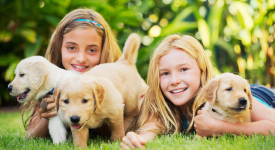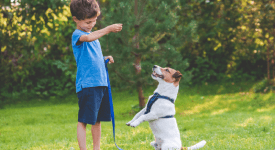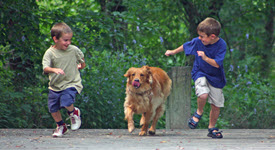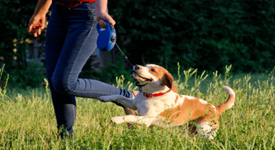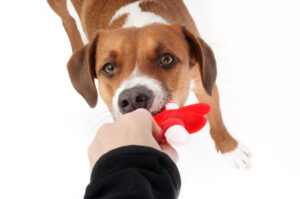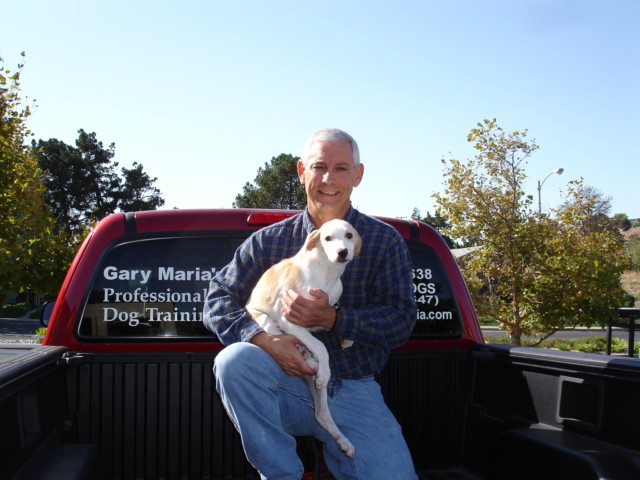Resource guarding is a natural, instinctive behavior in dogs where they protect things they consider valuable, like food, toys, beds, or even people, from being taken away. It can range from mild behaviors like hovering over the item, stiffening, or turning their head, to more serious signs like growling, snapping, or biting.
Why Do Dogs Guard Their Resources?
- Instinct and Survival
In the wild, guarding food and other resources is a survival tactic. Even though our dogs are domesticated, that instinct can still show up, especially in situations where they feel uncertain or threatened. - Lack of Trust or Security
Dogs who feel insecure or have had resources taken away abruptly (e.g., having food snatched) may feel the need to protect what they have. Rescue dogs or those from shelters may be more prone to this due to past experiences. - Reinforced Behavior
If a dog growls and a person backs off, the dog learns that guarding works. Over time, that behavior becomes more intense if the dog feels it’s the only way to keep what they value. - High-Value Items
Some things are just worth guarding—like a bone, a special chew toy, or even a favorite person. Dogs may be more likely to guard items that have high emotional or sensory value to them. - Possessive Personality Traits
Some dogs are naturally more possessive. It can also be more common in certain breeds known for guarding or protective instincts.
Resource Guarding in Multi-Dog Households
Why do dogs guard resources in multi-dog households?
- Competition
Even if resources are abundant, dogs can still feel pressure to protect what’s theirs as this is engrained. - Lack of Clear Boundaries
If there are no predictable rules or feeding spots, a dog might feel the need to defend things just in case. Dogs need structure and routine. - History or Temperament
One dog might be naturally more possessive or might have learned to guard from past scarcity (e.g., being in a shelter or stray situation). This is a common scenario that I help clients with. - Over-Arousal or Excitement
When dogs are hyped up (during mealtimes or play), they can escalate guarding behaviors faster than usual. When this happens, it’s vital to get the dog back to a balanced state.
🚩 Signs of Resource Guarding Toward Other Dogs
- Stiffening, glaring, or side-eyeing when another dog approaches
- Blocking access to toys, food bowls, or people it values
- Growling, lip curling, or snapping
- Eating faster as the dog may view the other dog as a potential thief of its food
- Hovering over items such as toys, bed or crate, chew bones, and household objects
- Getting snappy over YOUR attention
If your dog snaps or bites, get help
If resource guarding worsens, or you have multiple dogs that fight, consult a professional trainer or dog behavior specialist (preferably force-free or positive reinforcement-based).
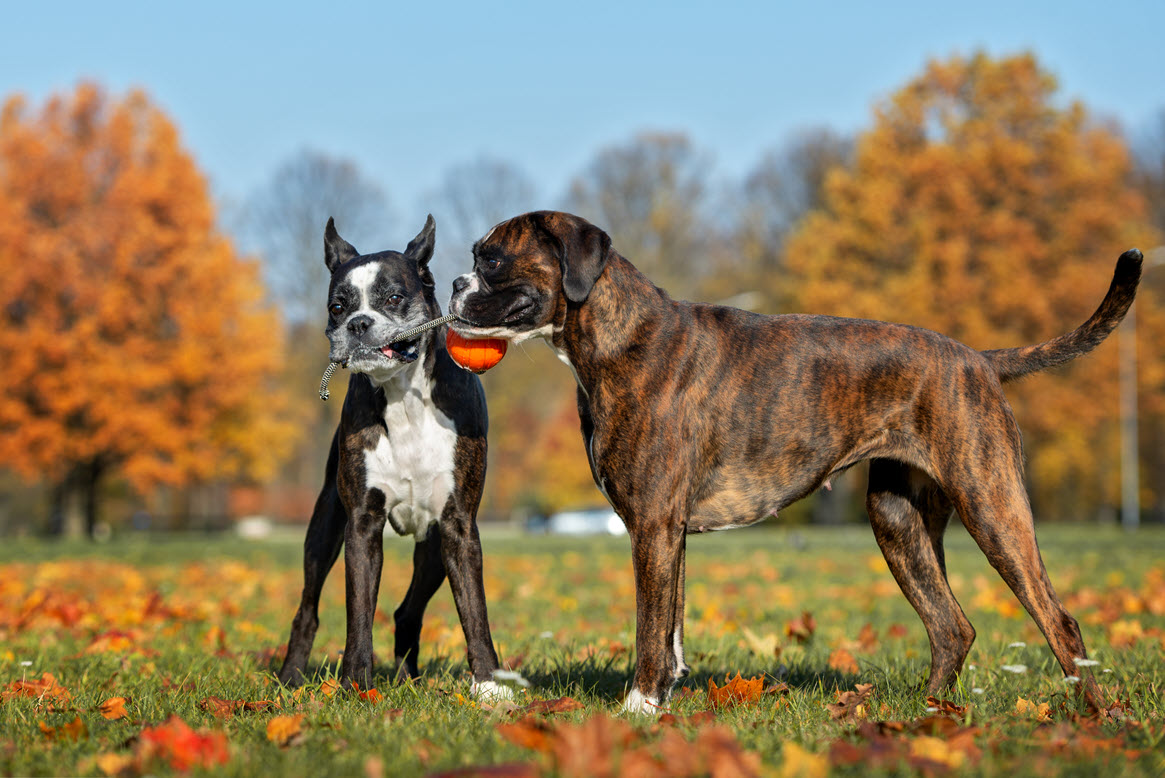
Part Two
In part two, I cover practical strategies for working with your dog when it's resource guarding. I also cover resource guarding in multi-dog households. Learn More >>
